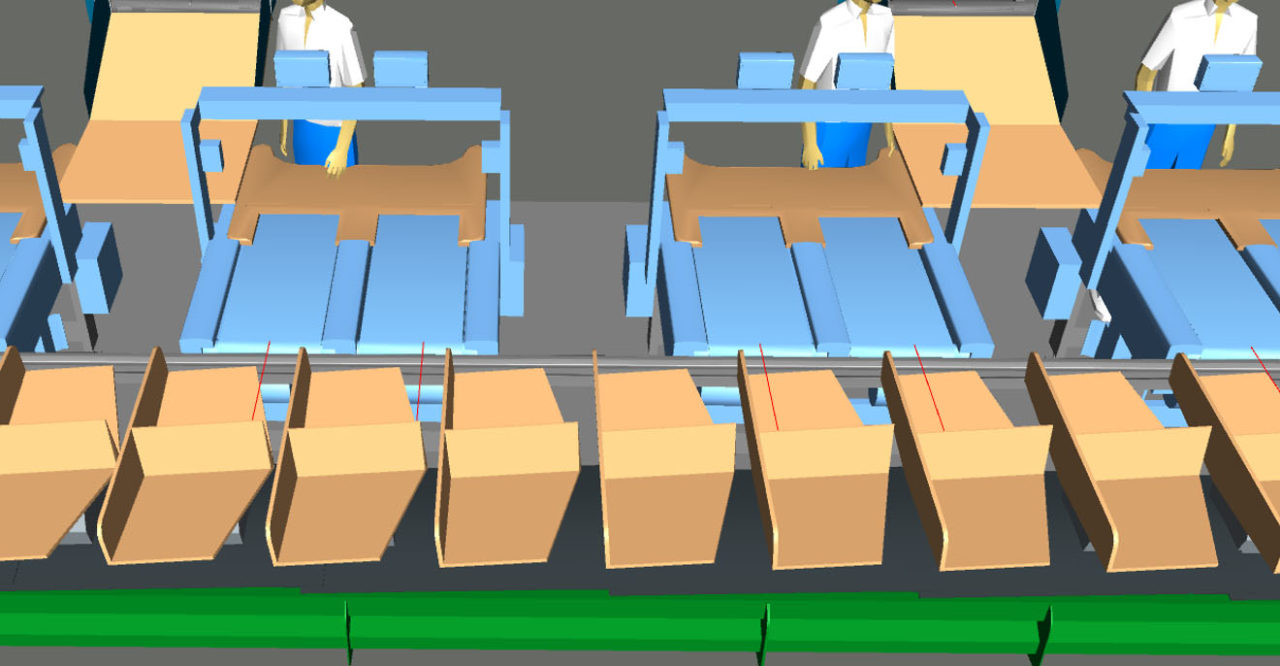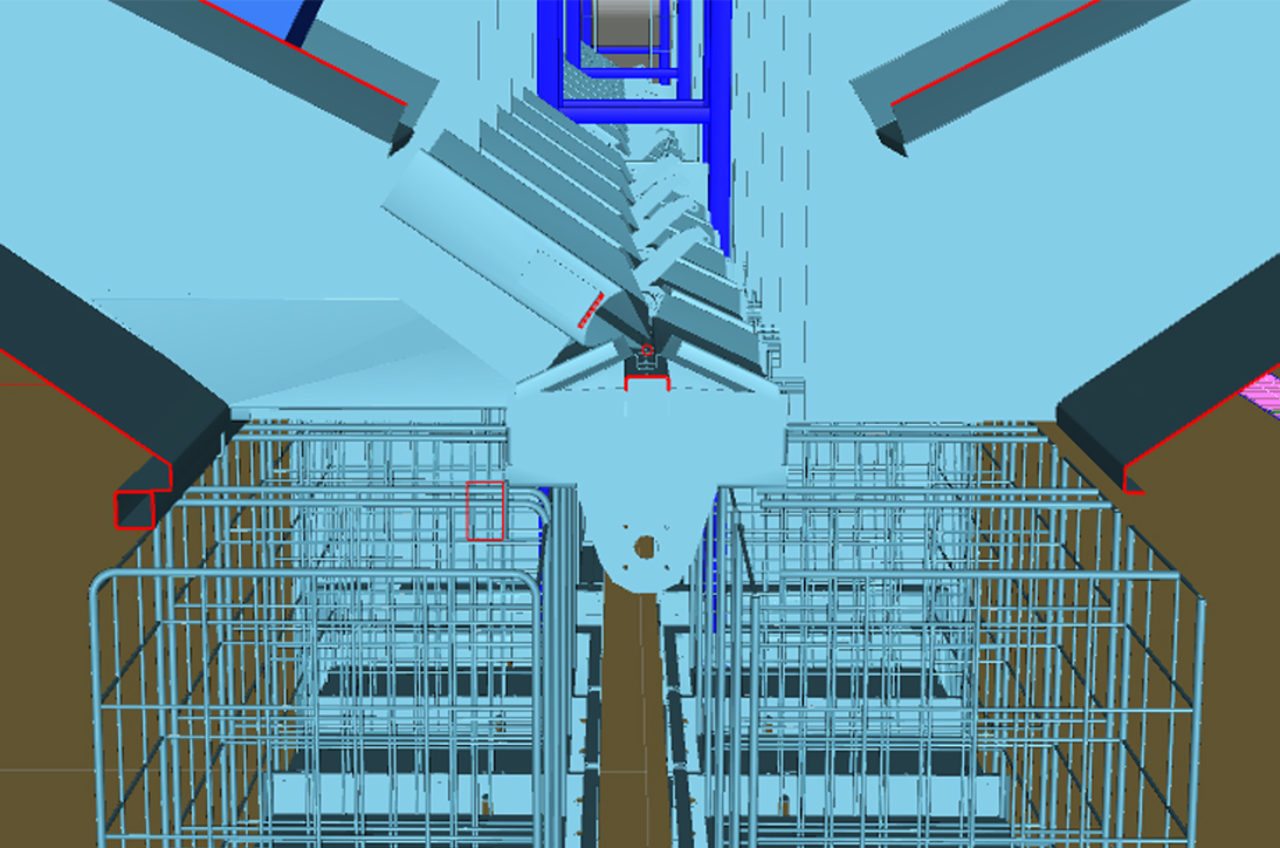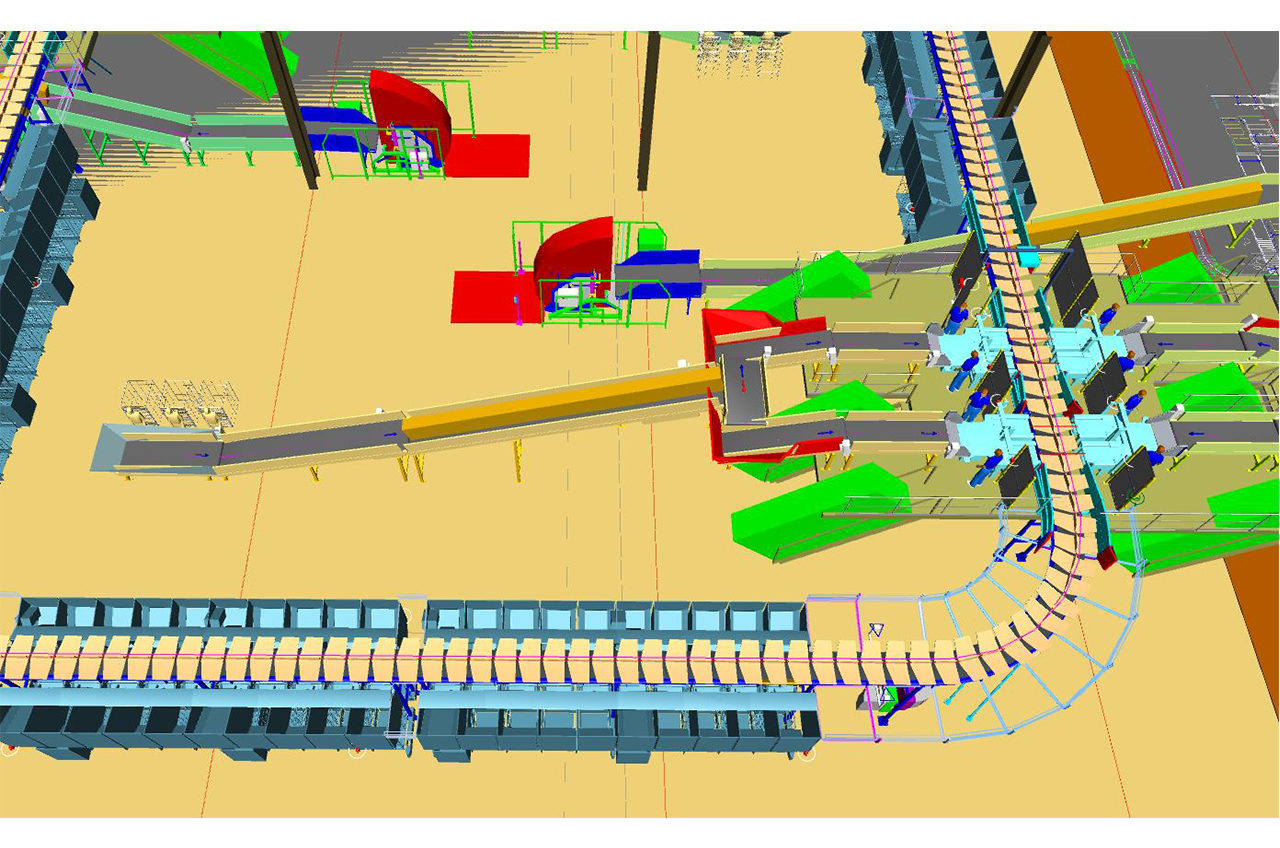By Jørgen Staun
By combining well-proven technology with new systems designs, operators can process practically any shaped smaller parcel, while maintaining operation at high capacity and occupying a very low footprint.
Why conventional sortation systems can’t cope with difficult or irregular types of parcels
Unfortunately, conventional sortation systems have only limited ability to handle odd shaped or irregular items. These parcel types, often referred to as rest mail, can come in the form of:
- Round objects, such as footballs and tubes;
- Parcels with more than one natural surface, which the system will often confuse as two parcels;
- Long, unevenly-shaped parcels;
- Small and lumpy pieces; and
- Polybags containing just one small item.
These items are all tricky for the standard sortation system to process, as they can move uncontrollably at any given time and potentially create jams and blockages on the sortation system.
So, no matter how carefully a conventional system is designed, it won’t be able to adapt to the introduction of these new shapes into the parcel mix, while operating at high-speed processing capacity. To do so, the speed would have to be reduced and capacity would drop significantly.
What’s more, a regular tilt-tray or cross-belt based solution won’t necessarily be able to hold these irregular items. If they don’t roll off during induction, they are likely to fall off due to the speed – or when traveling through the curves. Every time a parcel falls off a system that’s in operation, there is a risk of damaging the system and even if damage doesn’t occur, the operator still needs to turn off the system to fetch the parcel. This means system downtime, detrimental for any system sorting 30-40,000 parcels per hour, where every minute matters.
How to sort incompatible items with new system design
BEUMER Group has developed a system design that addresses these limitations and solves the problem of how to sort these troublesome incompatible items.
Let’s take a closer look at the solution.
Parcel feeding
In the new system, parcels are fed in bulk from the tipper to the hopper and then transported to operators who singulate and face them. Each item is placed on an induction belt, which inducts it onto a free tray. The number of induction areas can be determined and designed according to parcel hub requirements.
Induction








